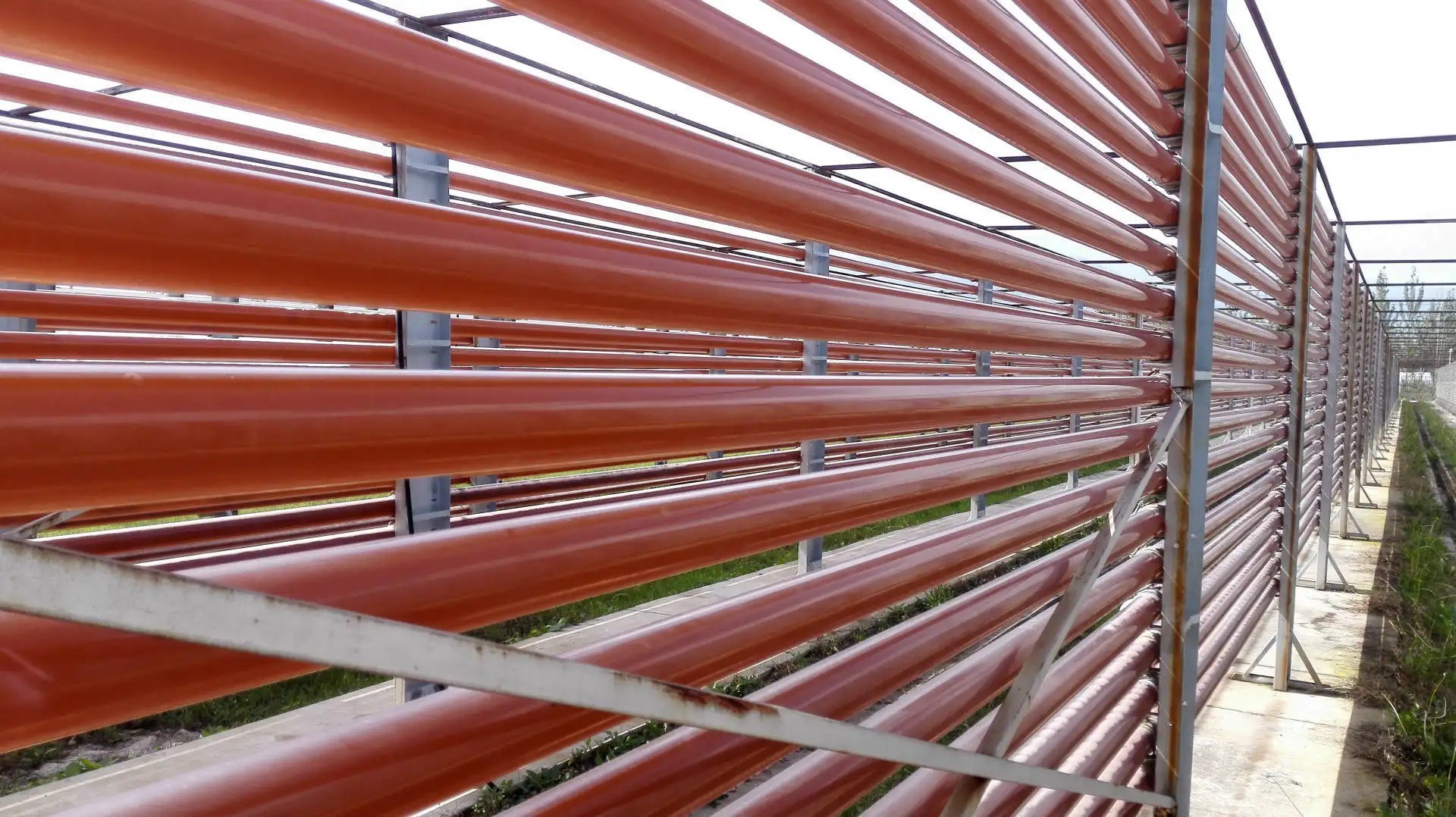According to the current research, the best source of natural astaxanthin, Haematococcus pluvialis, has extremely harsh growth conditions and has very high requirements for light, temperature, and growth environment. Once the growth environment does not meet the requirements, Haematococcus pluvialis will stop producing astaxanthin and die quickly. Only under certain circumstances, astaxanthin will be rapidly produced in the algae to complete the accumulation of astaxanthin. Therefore, in the artificial cultivation of Haematococcus pluvialis, how to control the growth of Haematococcus pluvialis well, that is, the requirements of its cultivation technology has always been a very important evaluation index for the excellence of the production company. In the current cultivation of Haematococcus pluvialis, the cultivation techniques adopted by all the companies in the world are divided into two types: Closed Incubation and Opening Incubation.
The following is a brief introduction to the characteristics of these two technologies:
 Due to the low technical requirements and low cost of Open Incubation, the requirements for the cultivation environment are not very harsh, so the output is massive. Still, the growth environment is unstable during the cultivation process and is extremely vulnerable to foreign species and pollution. The accumulation effect of astaxanthin content is poor, and the content of astaxanthin in the finished product cannot reach a high level, which is easily affected by the external environment and is susceptible to infection.
Due to the low technical requirements and low cost of Open Incubation, the requirements for the cultivation environment are not very harsh, so the output is massive. Still, the growth environment is unstable during the cultivation process and is extremely vulnerable to foreign species and pollution. The accumulation effect of astaxanthin content is poor, and the content of astaxanthin in the finished product cannot reach a high level, which is easily affected by the external environment and is susceptible to infection.
The closed incubation is not the case because the closed container is used in the whole process of culture. It can well prevent the erosion and influence of foreign species on Haematococcus pluvialis, and it is convenient to adjust and control the culture environment. The closed culture can provide a stable and high-quality growth environment for Haematococcus pluvialis. Haematococcus pluvialis can accumulate astaxanthin faster and better, and the content and purity of astaxanthin in the finished product can reach a very high level. degree.
Since the requirements for light sources are very important in the growth process of Haematococcus pluvialis, most closed containers are designed as transparent closed containers with special shapes, also known as photoreactors. The shape of the container is often designed in the shape of a column, a thin tube, a flat plate, a curved plate, etc. so that every space of the water body in the closed container can fully receive light without dead ends. However, the more light is not the better. The light intensity required is different according to the different growth stages. In addition, the growth parameters such as the concentration of the nutrient solution, PH value, and supply of carbon dioxide must be well controlled to guarantee the quality of the end product of astaxanthin.
Although open cultured Haematococcus has the advantages of low cost and easy mass production, due to its open characteristics in the production process, it is highly susceptible to contamination by foreign species, leading to the reproduction of other microorganisms, inhibiting or even causing the degradation of Haematococcus pluvialis. And due to the contamination of foreign species in the open culture process, removing other astaxanthin products is difficult after extraction and processing of Haematococcus powder cultured by this method when applied to general food and beverages. After taking astaxanthin containing impurities, the peculiar smell of contaminated impure substances will combine with proteins, polysaccharides, and polypeptides in the body to form antigens, which can easily cause allergies phlebitis, and liver damage.

Leave A Comment